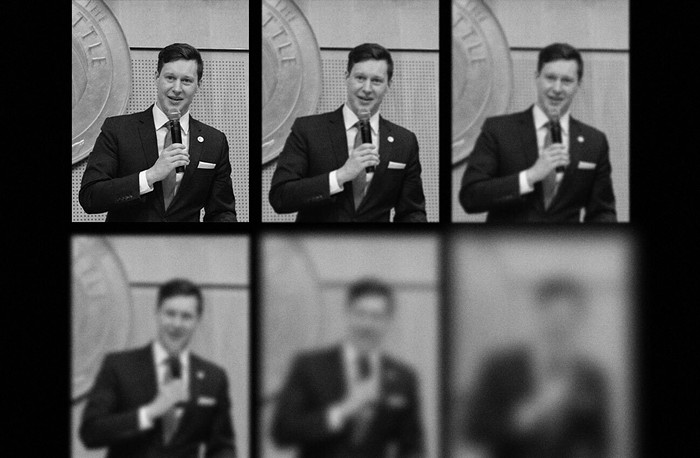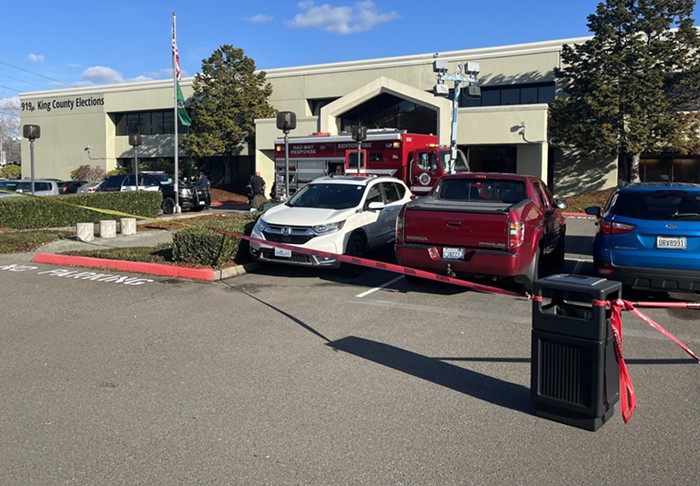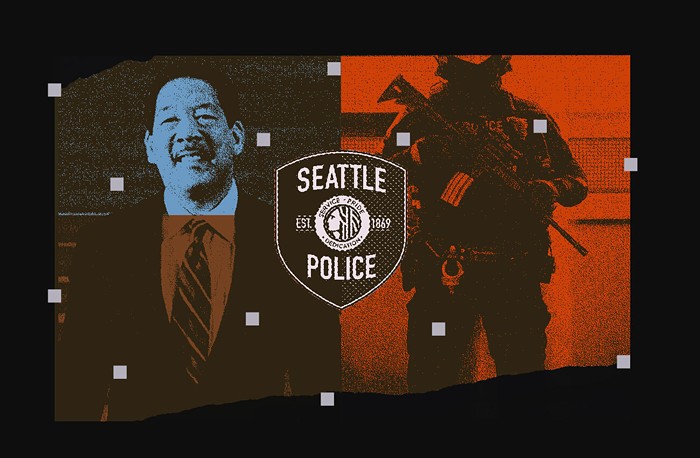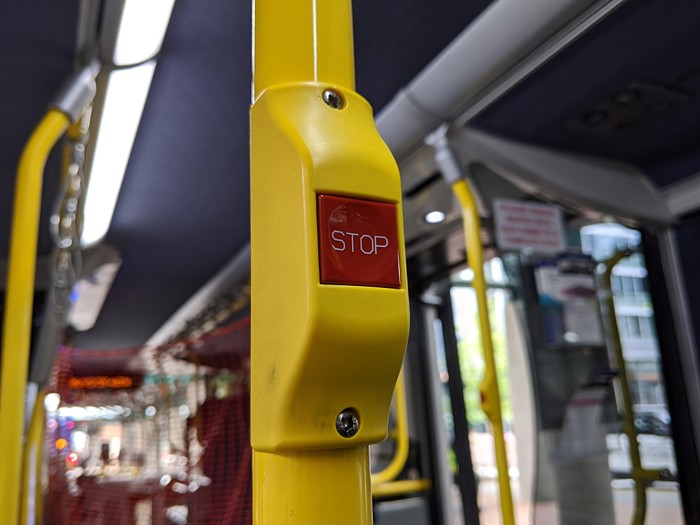
Mayor Jenny Durkan is proposing 500 new shelter beds and tiny houses for people experiencing homelessness in Seattle.
The move, which Durkan calls an "urgent action," is an effort to show the city is doing something as homelessness increases and will likely increase more with soon-to-be-released new homeless count numbers. Still, Durkan's plan will do little to address the underlying need: housing.
In a briefing with reporters Tuesday, Durkan called the shelter increase “one piece of what the city is doing.”
“This does not supplant and is no replacement for moving to develop as much affordable housing as we can,” Durkan said.
Seattle needs somewhere between 10,000 and 25,000 more units of housing affordable to the city's lowest income residents. That lack of housing has contributed to bottlenecks and delays in the city’s shelter system.
Durkan's plan is meant to address low vacancy rates at Seattle shelters. The mayor said shelters are usually 93 percent full, making it difficult to move people off the streets or out of vehicles.
The plan, which will need city council approval, would use $6.3 million in one-time money from the sale of a piece of city-owned land in South Lake Union.
She proposes opening the new beds across several shelters and tiny house villages. The plan would open 100 new units in three tiny house villages operated by the Low Income Housing Institute, 120 new beds at the basic shelter in city hall, and 280 beds in several enhanced shelters operated by Mary’s Place, Plymouth Housing Group Catholic Community Services in a vacant building owned by Plymouth Housing Group, and other groups. “Enhanced shelter,” as compared to “basic shelter,” means shelters that stay open longer, allow storage of belongings, and offer services beyond just a mat on the floor. Durkan also proposes maintaining 163 beds operated by the Downtown Emergency Service Center that were previously set to be defunded.
At a press conference Wednesday, Durkan called the plan “ambitious” and said the city expects to “see results in 60 to 90 days and real improvement in people’s lives.”
The 500 beds will be in addition to the 2,032 currently operating in the city, according to the Human Services Department. Durkan says it represents the largest shelter bed increase since former mayor Ed Murray declared a homelessness state of emergency in 2015.
Plenty of questions remain unanswered. Durkan provided some high-level data about the city’s homelessness efforts. But when asked for more details, city staff largely told reporters to wait for a more complete report later this week.
Durkan does not yet have a clear plan for how these new beds would be funded beyond this one-time money. (One possibility is the recently passed employee hours tax on large businesses—so long as the tax survives the referendum attempt currently underway.) City Budget Director Ben Noble said operating the new beds in the future would cost $8.75 million per year. “Our plan is to keep this capacity online,” Durkan said. It’s also not yet clear how many of the shelter beds will be low-barrier, meaning they’re open to people who are actively experiencing substance abuse disorders.
Durkan touted her administration’s rental assistance plan, which she first announced during her campaign for mayor. Durkan’s office says that program will serve 1,000 vulnerable low-income households over the next two years. It aims to help them avoid homelessness through case management and rental assistance. Durkan’s office did not answer when asked how much on average each household was getting through the program.
Finally, Durkan’s plan to reopen DESC-run shelter beds previously slated for closure raises questions about the city’s commitment to its process of rebidding its homelessness contracts. Over the last year, the city has re-bid its contracts for homeless services and imposed new statistical requirements on service providers requiring them to move more people into housing and show shorter shelter stays.
Some providers have questioned these metrics, particularly amid the shortage of affordable housing. The city now says it won't enforce those requirements for the first quarter of this year. Jason Johnson, interim director of the Human Services Department, said the city would soon release more data about how many service providers are actually meeting those metrics so far.
At the press conference Wednesday, Seattle City Council member Sally Bagshaw praised the move but called out several state leaders by name—including Governor Jay Inslee, Speaker of the House Frank Chopp, and Seattle Senator Reuven Carlyle—to ask for more funding for homelessness.
“We can’t do all of it on the backs of Seattle taxpayers,” Bagshaw said.
The press conference also indicated Durkan and the council will likely face familiar fights in implementing the plan, as past administrations have dealt with for years.
One of the new tiny house villages will include 16 units in the Whittier Heights neighborhood. On Wednesday, a resident from the nearby Crown Hill neighborhood questioned Durkan about whether the tiny house villages would have security on site. Durkan attempted to toe the line between assuaging neighborhood concerns about crime and supporting sanctioned encampments.
"We're not going to pretend it's not an issue," she said, "but we're also not going to draw a broad brush and say it tarnishes everything."


















